Catastrophic Wildfires in South Korea Claim 24 Lives as Firefighting Efforts Continue
- by Shun Kim, RNG247
- about 7 months ago
- 120 views
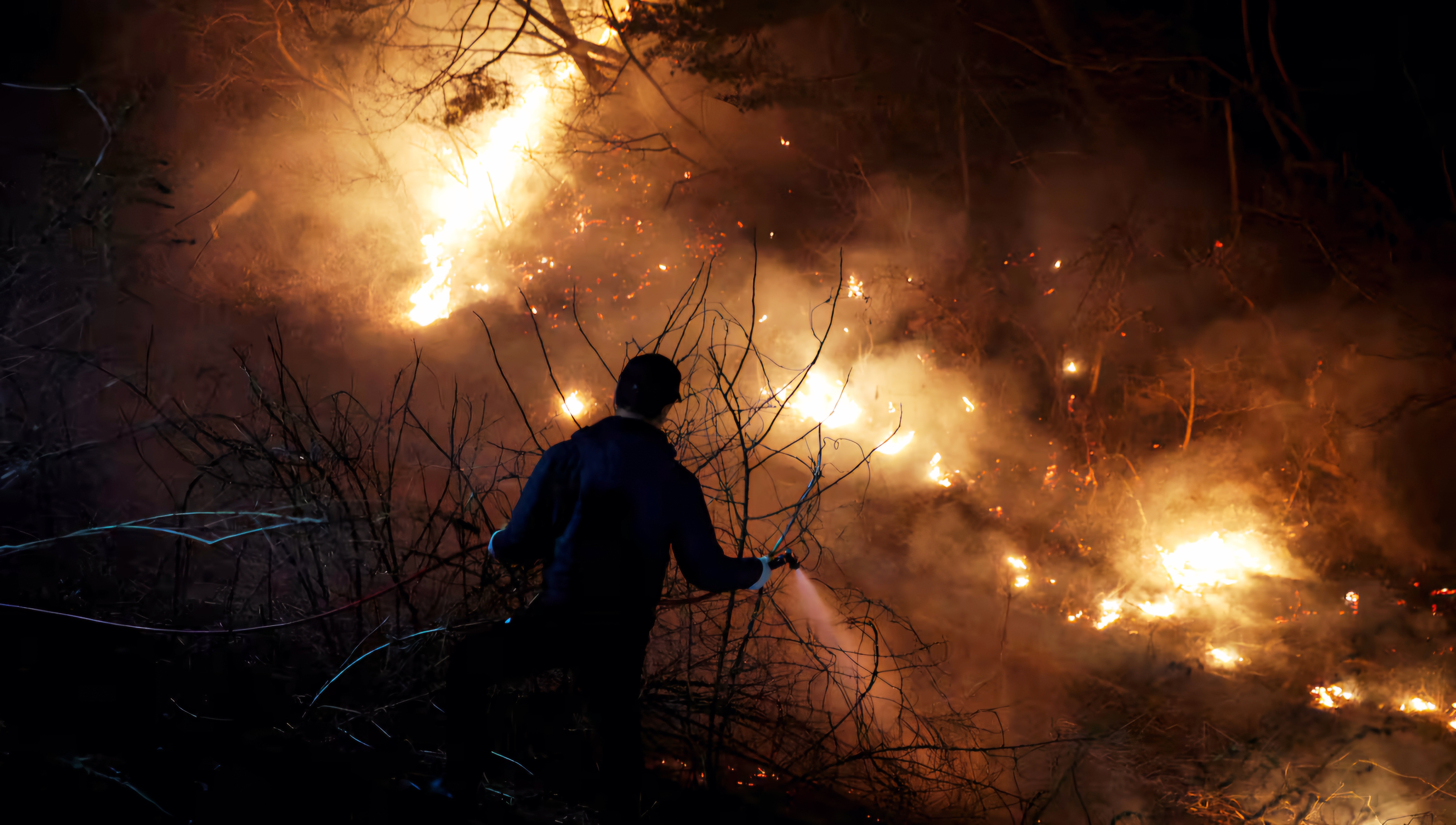
A devastating wave of wildfires sweeping through South Korea's southeastern region has resulted in at least 24 confirmed deaths, including the tragic loss of a firefighting helicopter pilot on Wednesday. This crisis marks one of the most severe forest fire outbreaks the nation has encountered in decades.
The infernos, intensified by strong winds and unrelenting dry conditions, have rapidly engulfed entire neighborhoods and have led to the evacuation of more than 27,000 residents. The South Korean government confirmed that the blazes have wreaked havoc across the region, closing schools and necessitating the transfer of hundreds of inmates from local prisons to ensure their safety.
"We are deploying all available personnel and equipment in response to these historic wildfires, but the situation remains dire," stated Acting President Han Duck-soo, revealing that assistance is also being provided by U.S. military personnel stationed in Korea.
The Korea Forest Service reported the grim death toll, although specific details regarding the casualties have not been disclosed. Preliminary reports from the Safety Ministry indicated that 14 victims were found in Uiseong County, while an additional four fatalities were attributed to a blaze in Sancheong County. Many of those who lost their lives were elderly individuals in their 60s and 70s, according to local police official Son Chang-ho.
In a tragic development, one of the firefighting helicopters, tasked with battling the raging flames, crashed while on duty. Eyewitness accounts described the aircraft making strange noises before it plummeted to the ground, resulting in the death of the pilot. The incident temporarily grounded the fleet of helicopters essential for firefighting efforts, raising concerns about resource availability.
"The Uiseong fire, which remains only 68% contained, has demonstrated 'unimaginable' scale and speed," asserted Lee Byung-doo, a forest disaster expert at the National Institute of Forest Science. He emphasized that the severity of the current situation underscores the critical need for more extensive firefighting resources and trained personnel, especially in light of climate change, which is predicted to heighten the frequency of such catastrophic wildfires globally.
The Korea Forest Service has faced challenges in maintaining its fleet of firefighting helicopters, with several aircraft out of service due to sanctions that have hindered the import of necessary parts. As a result, the agency has struggled to keep up with the increasing demands of wildfire management.
Amid ongoing efforts to control the flames, the South Korean weather agency has forecasted some rain for Thursday, although only limited precipitation is expected in the hardest-hit areas. Over 10,000 firefighters, including police and military personnel, have been deployed in four separate hot spots, with 87 helicopters actively working to suppress the fires.
Efforts to safeguard UNESCO World Heritage sites, including Hahoe Village and the Byeongsan Confucian Academy, have become urgent, as authorities aim to protect these culturally significant areas. Goun Temple, a historical site dating back to 681, has already been lost to the flames.
In response to the widespread damage exceeding 15,000 hectares (37,065 acres), the government has officially designated the affected areas as special disaster zones, mobilizing all necessary resources to confront this unprecedented calamity. As communities brace for further devastation, the resilience of the nation will be tested in the days to come.




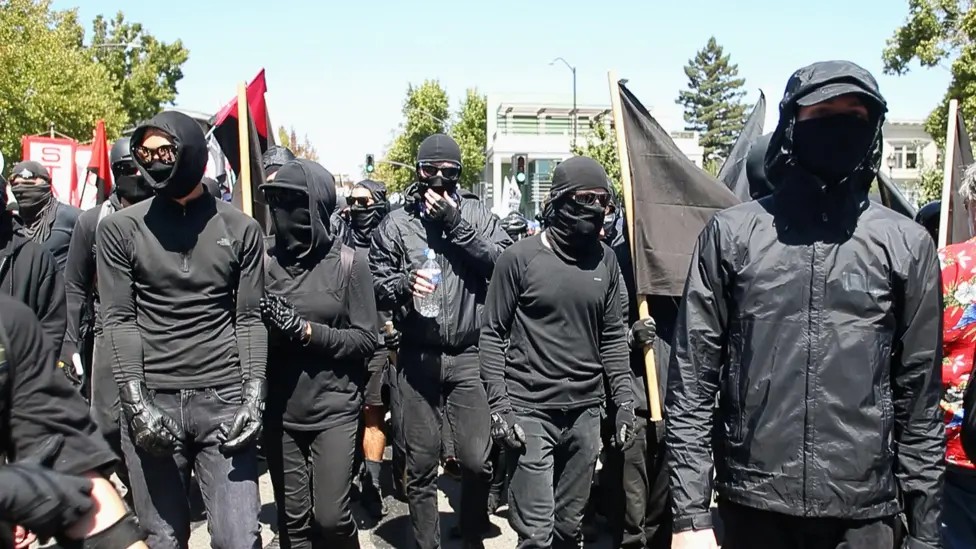




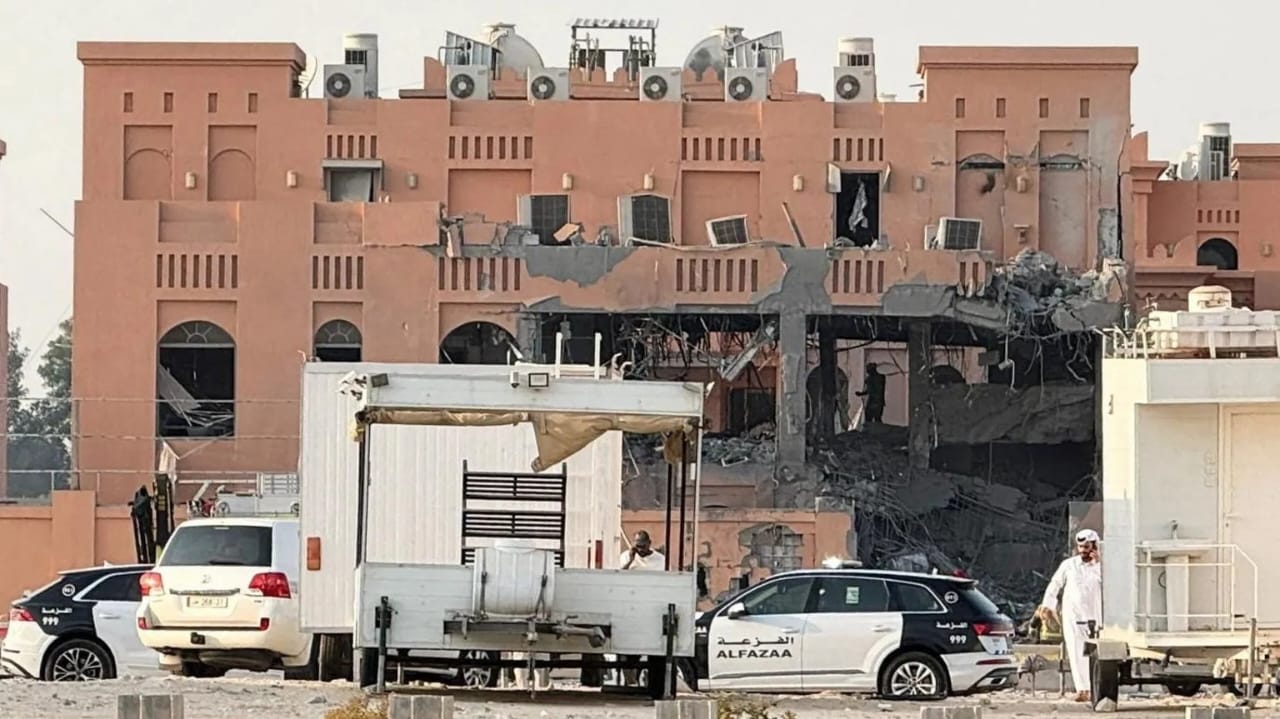
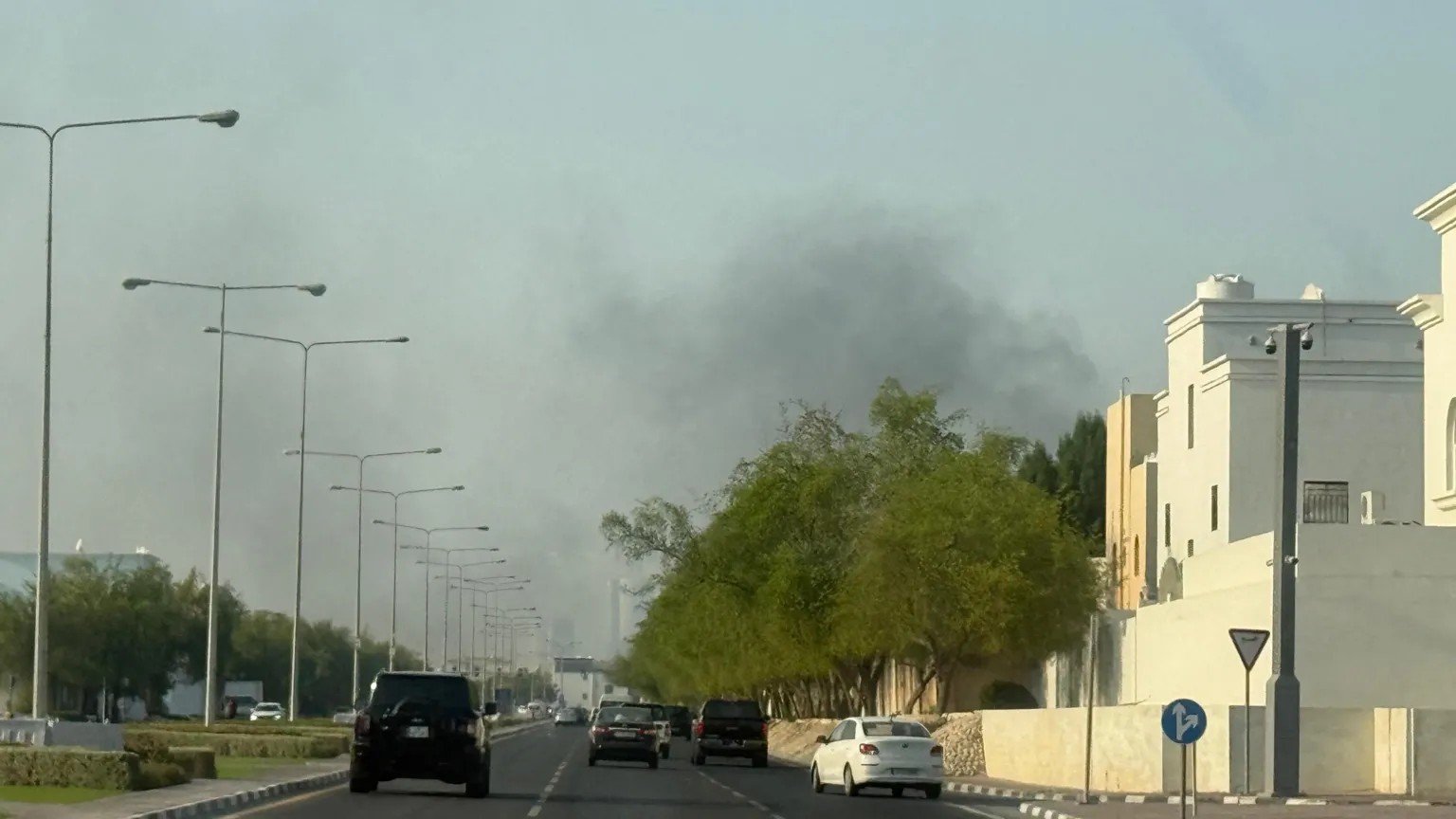


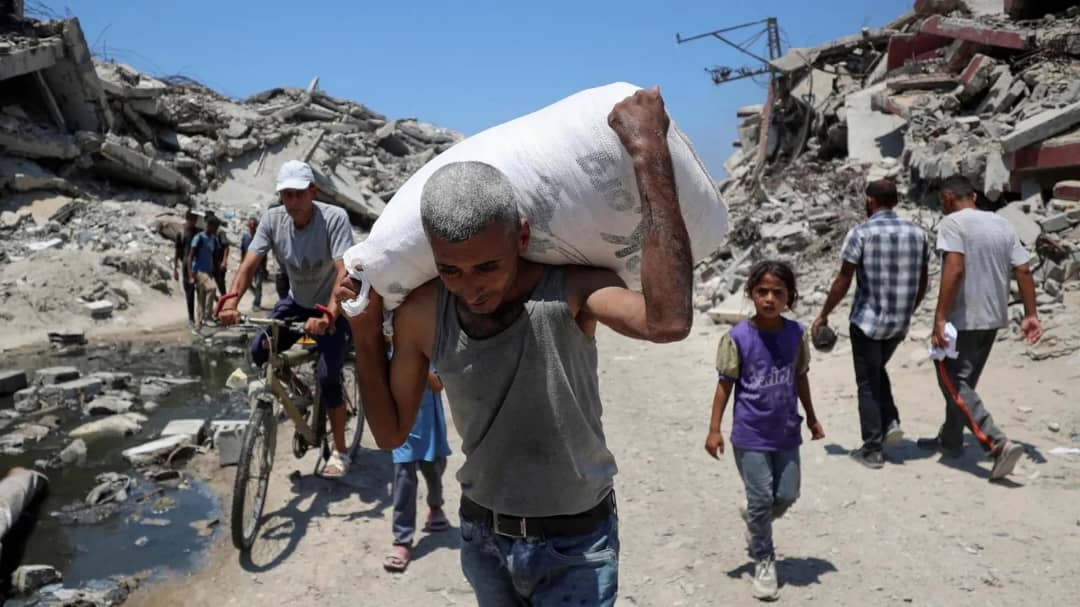
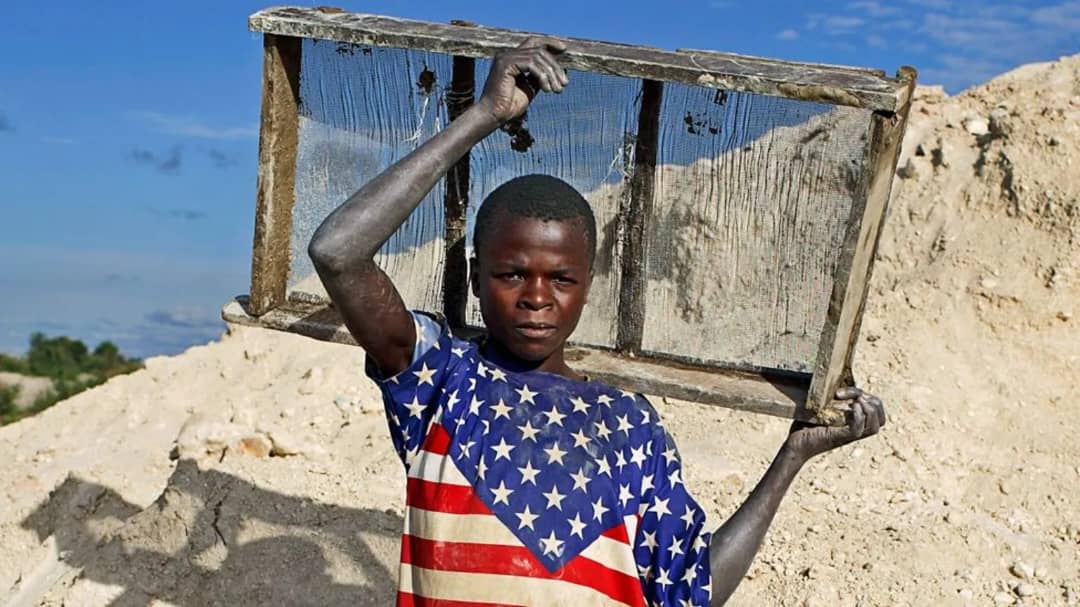

0 Comment(s)